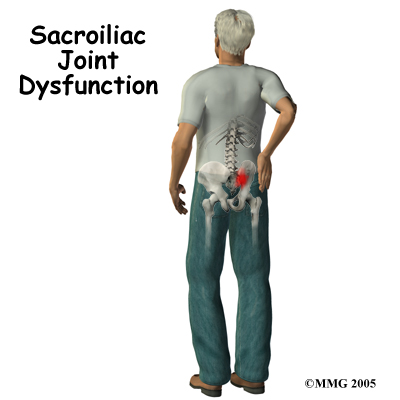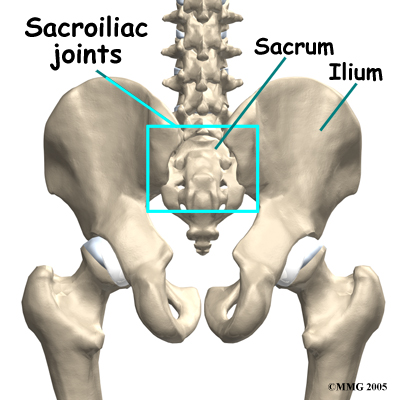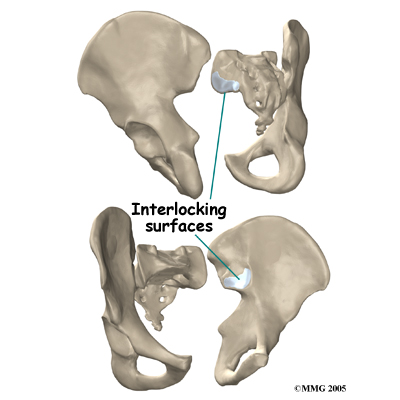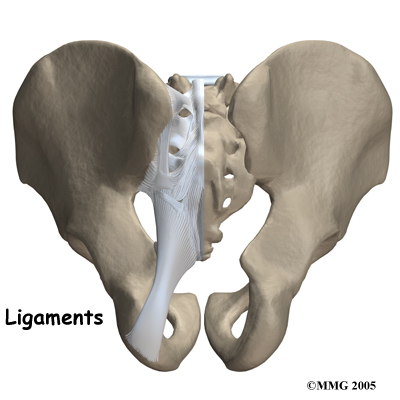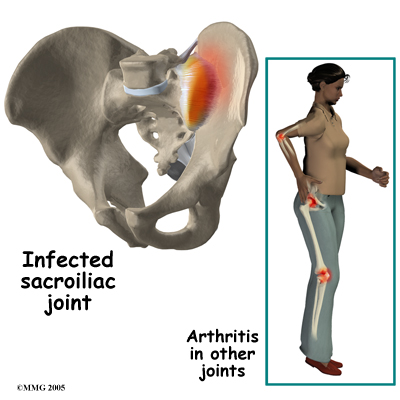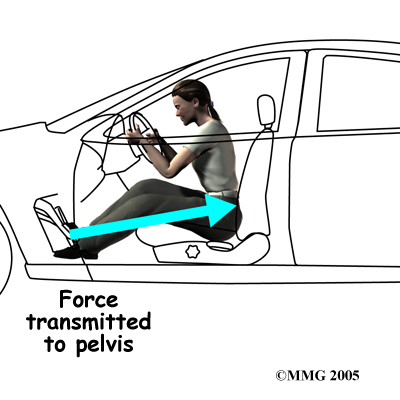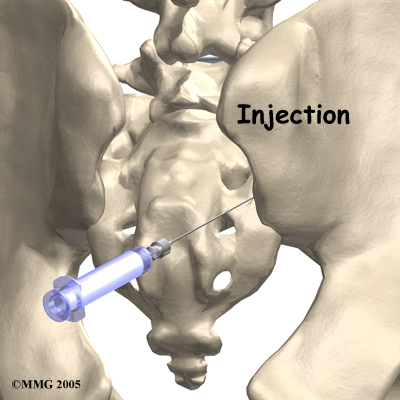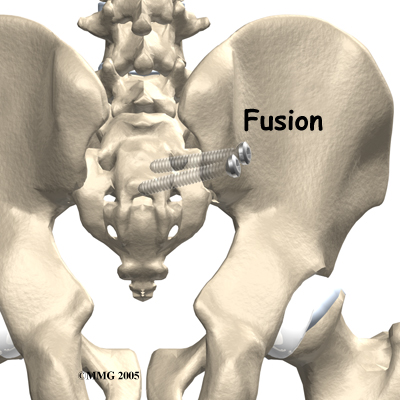Non-surgical Rehabilitation
Physiotherapy is often recommended for patients with SI joint dysfunction. At Eastwood Physiotherapy, patients with this condition are normally seen a few times each week for four to six weeks, although recovery time varies for each patient. In severe and chronic cases, patients may need a few additional weeks of care.
Our physiotherapist may first advise you to rest your back by limiting your activities. The purpose of this is to help decrease inflammation and calm any muscle spasm.
After evaluating your condition, your physiotherapist at Eastwood Physiotherapy can assign positions and exercises to ease your symptoms. Our physiotherapist may design an exercise program to improve the strength and control of your back and abdominal muscles.
If You Have Limited SI Joint Motion
When movement of a joint is limited, the pain and symptoms of SI joint dysfunction may worsen. Getting more motion can give you the relief you need for daily activities. If you don't have full range of motion, our physiotherapist has several ways to help you get more movement including joint manipulation, stretching, and exercises.
Our physiotherapists commonly prescribe a set of stretches to improve flexibility in the muscles of the trunk, buttocks, and thighs. In addition to the treatment you receive at Eastwood Physiotherapy, you may be given ways to help your SI joint yourself if your pain returns. These exercises usually require that you position your hip and pelvis in a certain way and either stretch or contract and relax specific muscles. Follow the instructions of our physiotherapist when doing these exercises at home. Active movement and stretching, as part of a home program, can also help restore movement and get you better faster.
If You Have Excess SI Joint Mobility
If the SI joint has too much mobility and problems keep coming back, you may need extra help to stabilize the SI joint. Some patients benefit from wearing a special brace called a sacroiliac belt. This belt wraps around the hips to hold the sacroiliac joint tightly together, which may ease your pain. A belt like this can often ease pain enough to let you exercise comfortably.
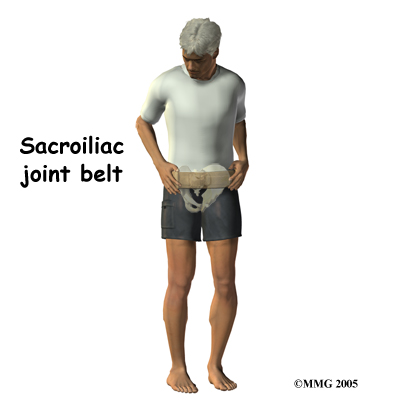
You'll learn some exercises to help you build strength, muscle control, and endurance in the muscles that attach around the SI joint. Unfortunately, few muscles actually connect to both the sacrum and the pelvis. Key muscles to work are the gluteus maximus, as well as the abdominal and low back muscles.
Post-surgical Rehabilitation
You will normally need to wait at least six weeks before beginning a rehabilitation program after having SI joint fusion surgery. Although recovery and rehabilitation varies for each patient, as a guideline you should plan on attending physiotherapy sessions for six to eight weeks. Expect full recovery to take up to six months.
When you visit Eastwood Physiotherapy after SI joint surgery, our physiotherapist may use treatments such as heat or ice, electrical stimulation, massage, and ultrasound to help calm your pain and muscle spasm. Then we will instruct you how to move safely with the least strain on the healing area.
As your Eastwood Physiotherapy rehabilitation program evolves, you'll begin doing more challenging exercises. Our goal is to safely improve your strength and function.
As physiotherapy sessions come to an end, our physiotherapist will help you get back to the activities you enjoy. Ideally, you'll be able to resume your normal activities. You may need guidance on which activities are safe or how to change the way you go about your activities.
When treatment is well under way, regular visits to Eastwood Physiotherapy will end. Although we will continue to be a resource, you'll be in charge of doing your exercises as part of an ongoing home program.
Eastwood Physiotherapy provides services for physiotherapy in Edmonton.
